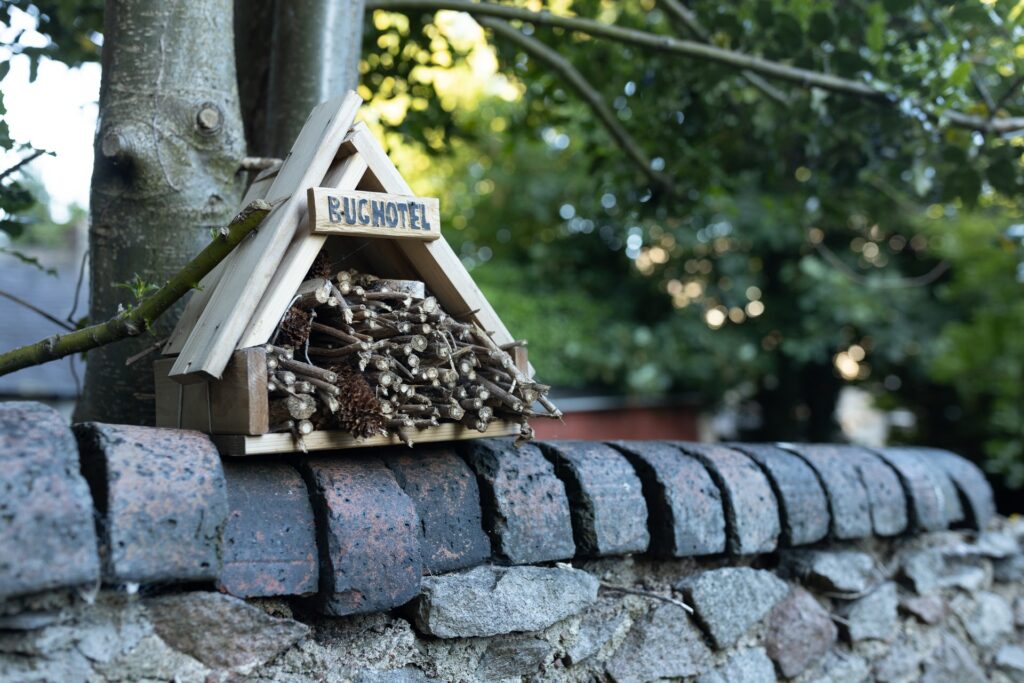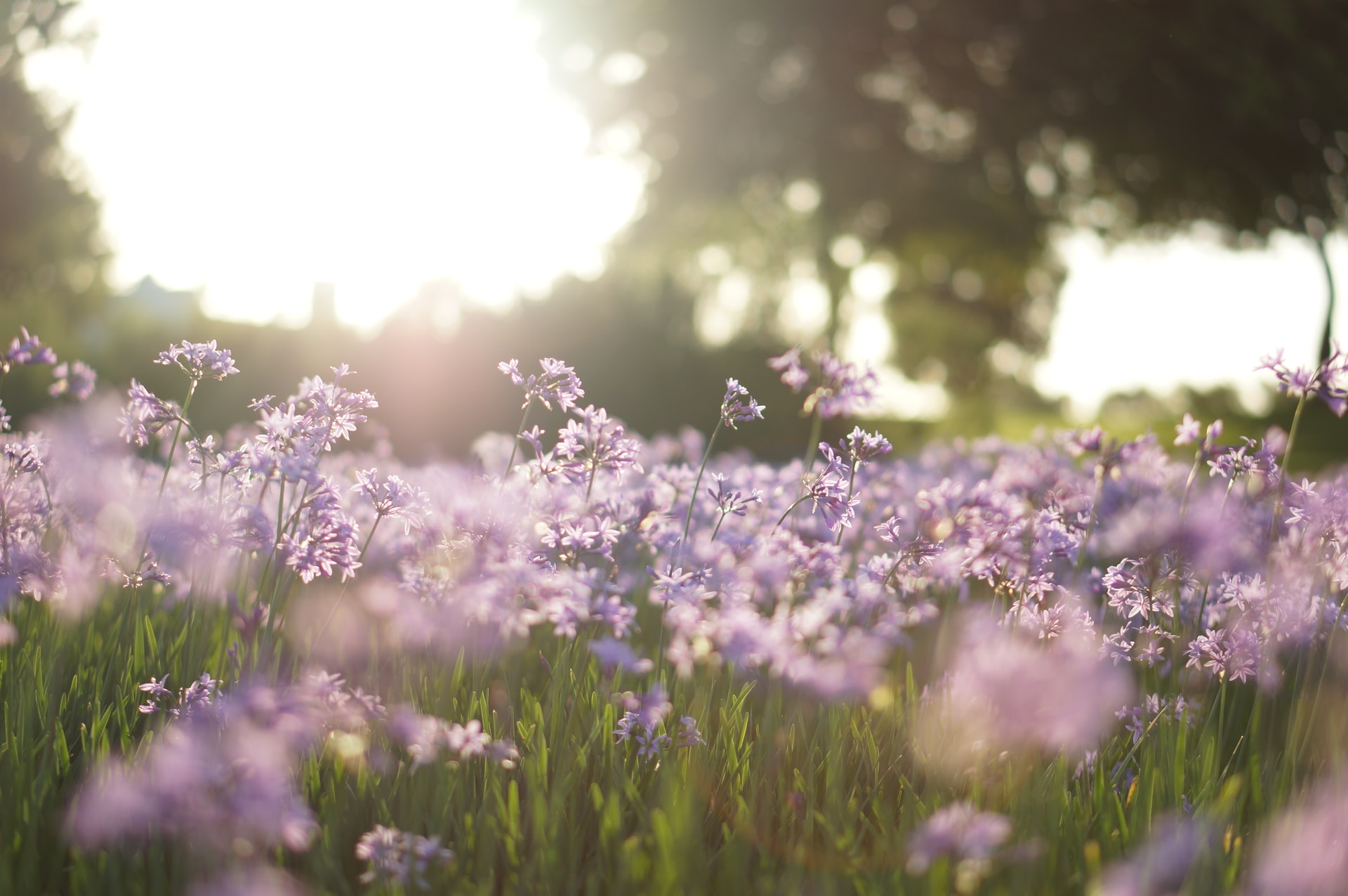Lucky enough to have a garden? Here’s how to make it a haven for nature.

What is rewilding?
Rewilding means restoring an ecosystem to its state before humans changed some part of it, such as introducing invasive species or driving a native species to extinction.
Want to know more? Read our rewilding explainer.
Rewilding efforts are taking place all over the world as a way to combat the biodiversity crisis. And if you have a little piece of land to call your own, you can also make a positive impact.
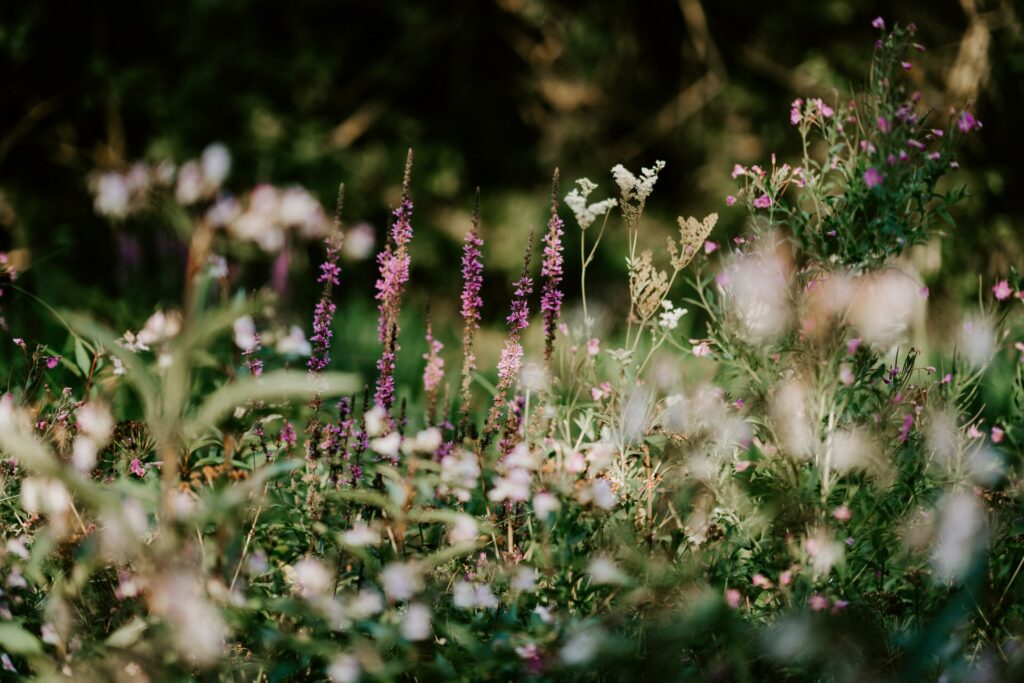
What are the benefits?
By filling your garden with plants that are native to your area, they’ll thrive more easily. For example, if you live in a dry area, native species will have adapted to the climate so you won’t need to spend hours watering your garden (using water that may be in short supply).
Rewilding creates habitats for all kinds of creatures. By allowing plants and grasses to grow more ‘wildly’, you’ll attract more pollinators and birds. Some gardens can act as ‘stepping stone’ corridors for wildlife, allowing them to move through developed areas more safely.
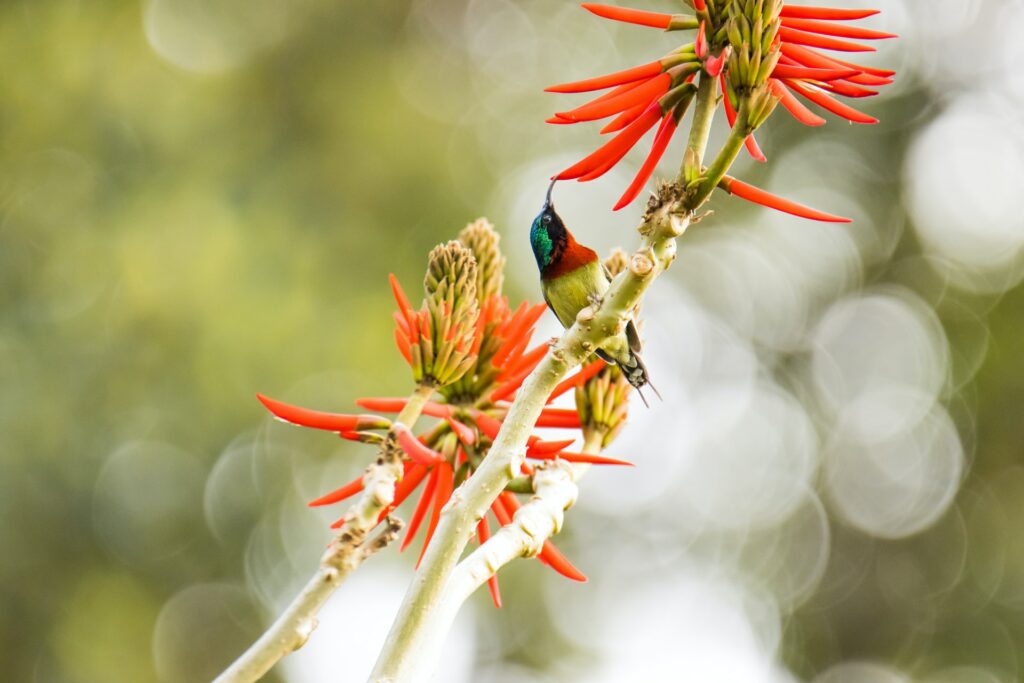
Here are some ideas to get you started.
1. Let your grass grow
Mowing the lawn to a smart buzz cut is synonymous with gardening, but it’s no good for wildlife. That doesn’t mean you need to let your whole garden become crazily overgrown, but perhaps you can let patches of grass grow naturally, while you keep some areas short. You might spot wildflowers growing, which bees and other pollinators will love.
2. Don’t be weird about weeds
Weeds are native plants that attract wildlife. Let them grow, at least in parts of your garden.
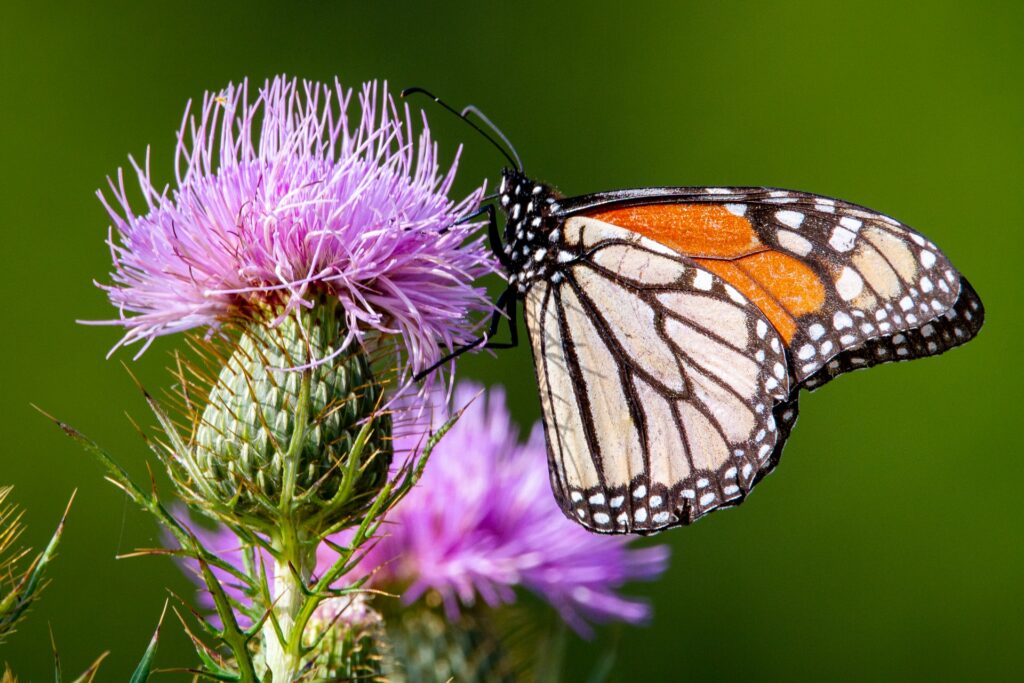
3. Leave some areas undisturbed
If you can, leave a corner for wildlife. For example, not tidying up a pile of dead leaves or leaving a stack of wood can provide a habitat for insects and even small mammals such as hedgehogs.
4. Build a natural pond
If you have a little space, you can create a pond – you can even make a tiny one the size of a bucket. Add water and weeds and you’ll find frogs and newts before you know it.
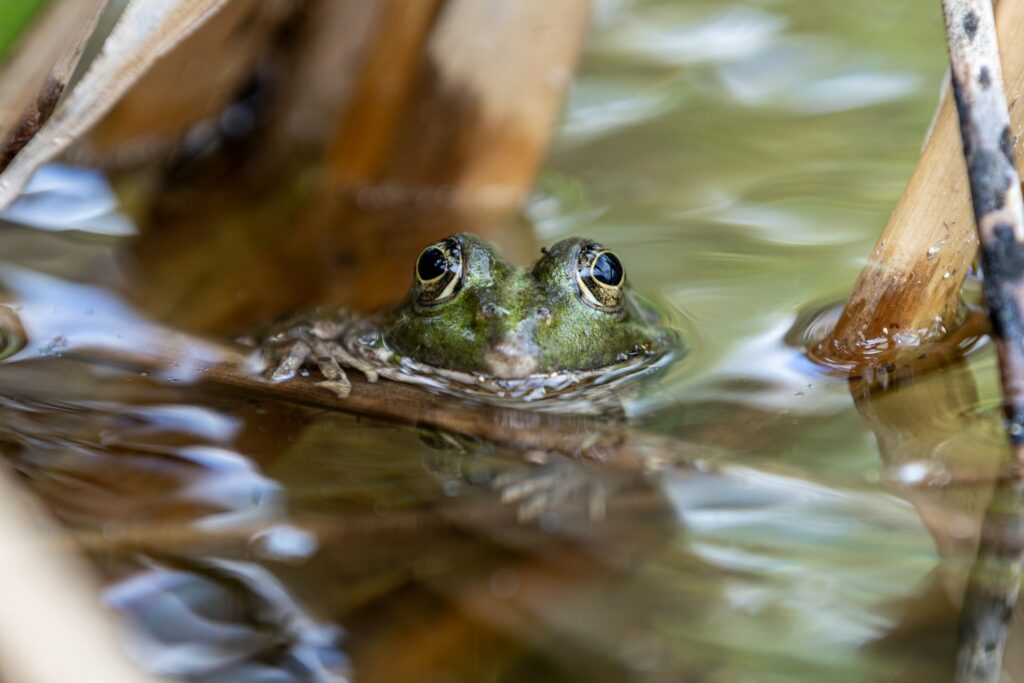
5. Create corridors
Creatures that can’t fly or climb sometimes struggle to move through our gardens to look for food or a mate. You can make it easier for animals such as hedgehogs by cutting a hole at the bottom of your fence or digging a little tunnel under a wall.
6. Don’t mess with soil
Avoid too much digging and aim to use organic mulch to create the healthiest soil.
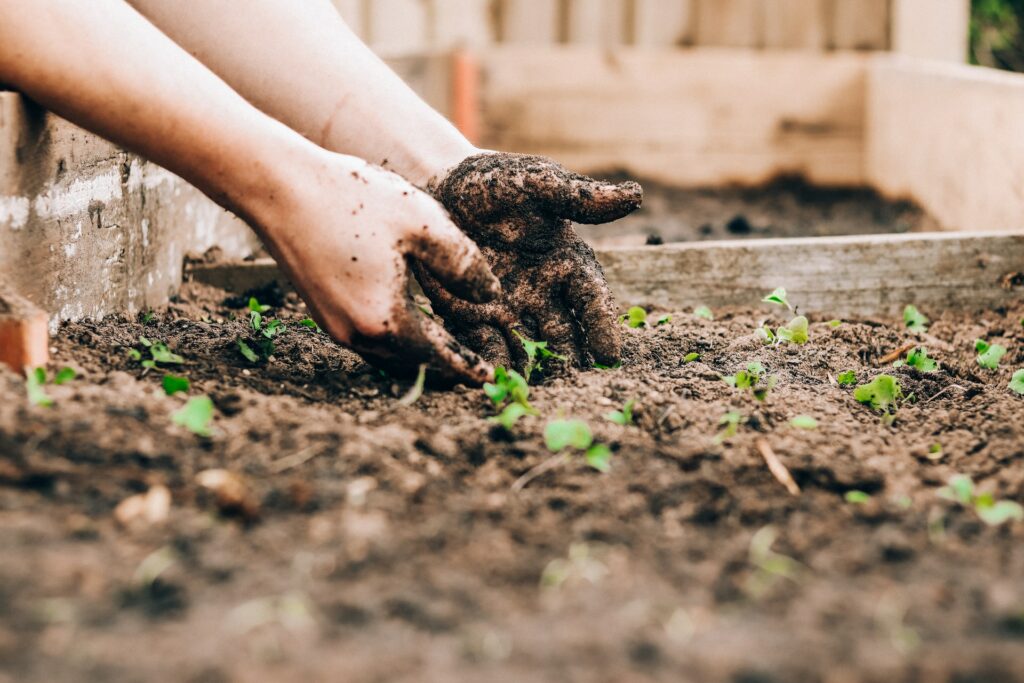
7. Add some rocks
Large rocks places in piles around your garden borders are ideal places for animals to hide or nest.
8. Avoid pesticides
Pesticides can kill many of the creatures you’re hoping to attract. If you’re using native plants and your rewilding efforts are paying off – attracting more wildlife – you should find you need less chemicals as nature tends to take care of itself. For example, pests will be eaten by other species.
9. Don’t sit on the fence
Hedges are much better than fences, as they’re an environment in which birds and other animals can live or shelter.
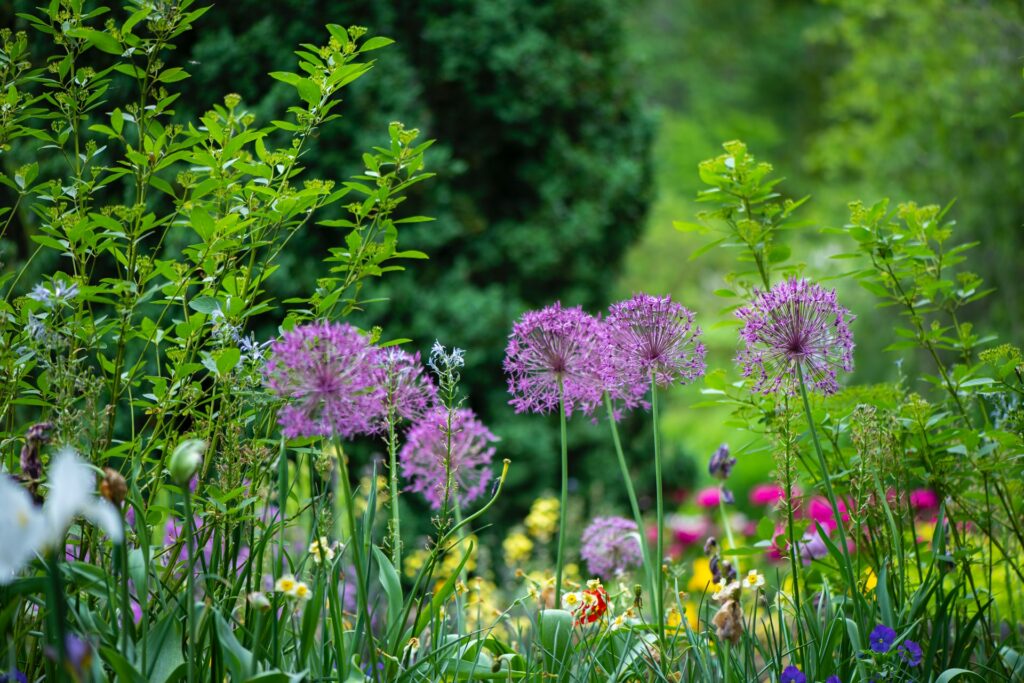
10. Green the walls
If you don’t have much flat space to rewild, look up instead. You can cover walls with plants like ivy – a shelter or nest area for small birds or food for some insects.
11. Use whatever space you have
If you don’t have a garden, you might have a windowsill or a wall. Plant wildflowers in a window box or put up a bird box or bug hotel.
And if you see a public area that would be wonderful to rewild, ask your local council if they could cut back on mowing the grass and de-weeding. Every space helps.
